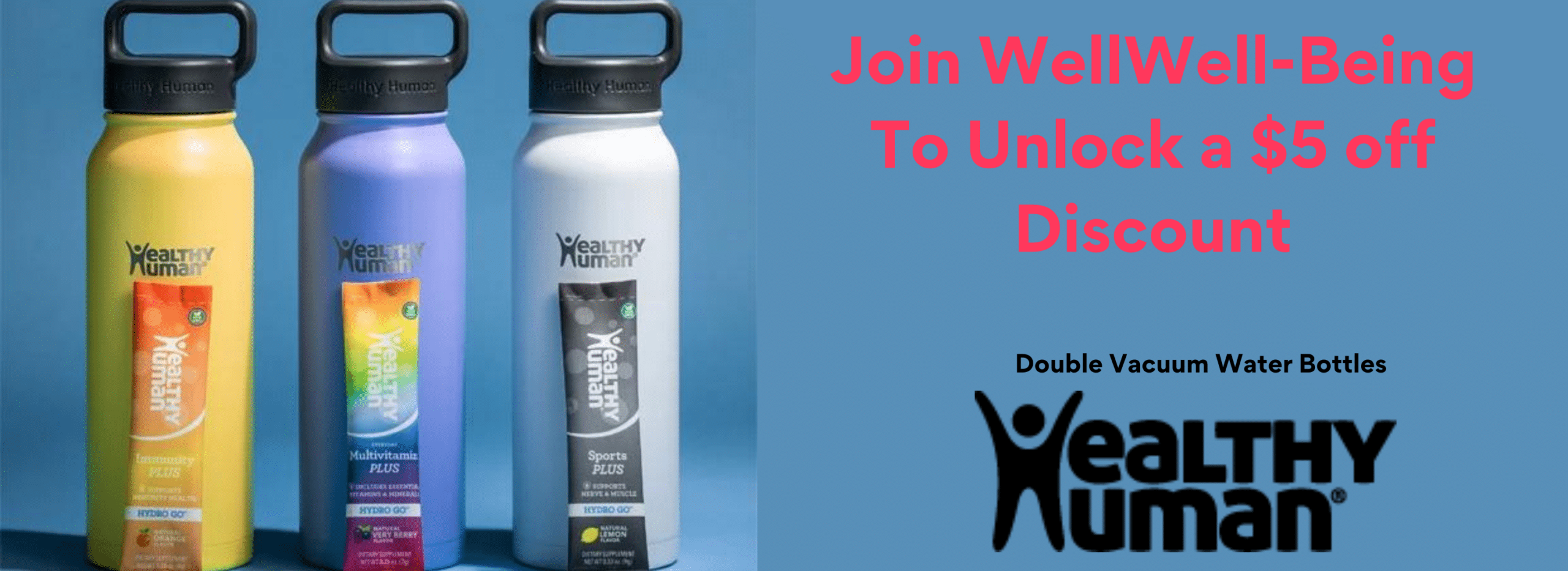By John Salak –
Cold season, as in the common cold, is nearing as temperatures start to drop and people spend more time inside. Virtually everyone is suspectable to contracting colds. They are virtually inescapable. Young children are especially at risk because germs spread easily between young ones, which ultimately puts their older family members in the crosshairs of common cold infections. However, a salty solution fights common cold symptoms, offering some relief during this vulnerable time.
This is the unavoidable bad news that individuals and families face year in and year out. A recent European study, however, offers hope of at least a partial reprieve from these seasonal attacks. It reports that hypertonic saline nasal drops can reduce the length of the common cold in children by two days, which in turn can reduce the onward transmission of colds to family members.
“Children have up to 10 to 12 upper respiratory tract infections, what we refer to as colds, per year, which have a big impact on them and their families. There are medicines to improve symptoms, such as paracetamol and ibuprofen, but no treatments can make a cold get better quicker,” reported Professor Steve Cunningham from Child Life and Health, University of Edinburgh.
Saline nasal drops subsequently became the team’s focus because they have been used traditionally in South Asia to treat colds, the study reported.
The research discovered their impact after recruiting more than 400 children up to age six for a study. They were given either hypertonic saline (2.6 percent salt-water) nasal drops or usual care when they developed a cold. Approximately 300 of the children recruited developed colds during the trial and half were given the drops four times daily while the others received usual cold care.
“We found that children using saltwater nose drops had cold symptoms for an average of six days whereas those with usual care had symptoms for eight days. The children receiving saltwater nose drops also needed fewer medicines during their illness,” Cunningham explained.
The apparent reason the drops were more effective is because the salt solution is made up of sodium and chloride. Chloride is used by the cells lining the nose and windpipes to produce hypochlorous acid within cells, which they use to defend against virus infection.
“By giving extra chloride to the lining cells this helps the cells produce more hypochlorous acid, which helps suppress viral replication, reducing the length of the virus infection, and therefore the duration of symptoms,” Cunningham added.
Households where children received drops also reported fewer family infections than the families of children who received the usual cold treatments. In fact, the difference in household infections was 46 percent to 61 percent. Beyond this, 82 percent of parents report that the nose drops helped the child get better quickly, while 81 percent said they would use nose drops in the future.
The potential impact of the nasal drop treatments could be significant given the frequency with which both children and adults get common colds. The Institute for Quality and Efficiency in Health Care reports that it is quite normal for children to catch 6 to ten colds per year at school, daycare or kindergarten. Adults, in turn, generally contract two to four colds a year on average, mostly during the colder time of year.
“Reducing the duration of colds in children means that fewer people in their house also get a cold, with clear implications for how quickly a household feels better and can return to their usual activities like school and work, etc.,” Cunningham added. “Our study also showed that parents can safely make and administer nose drops to their children and therefore have some control over the common cold affecting their children.”
“Although most colds usually don’t turn into anything serious, we all know how miserable they can be, especially for young children and their families,” added Professor Alexander Möeller, head of the Department for Respiratory Medicine at the University Children’s Hospital Zurich.
While not part of the study, he, nonetheless, underscored the potential impact of the research findings.
“This is an important study that is the first of its kind to investigate the impact of salty nose drops in children with colds,” he explained. “This extremely cheap and simple intervention has the potential to be applied globally; providing parents with a safe and effective way to limit the impact of colds on their children and family would represent a significant reduction in health and economic burden of this most common condition.”













